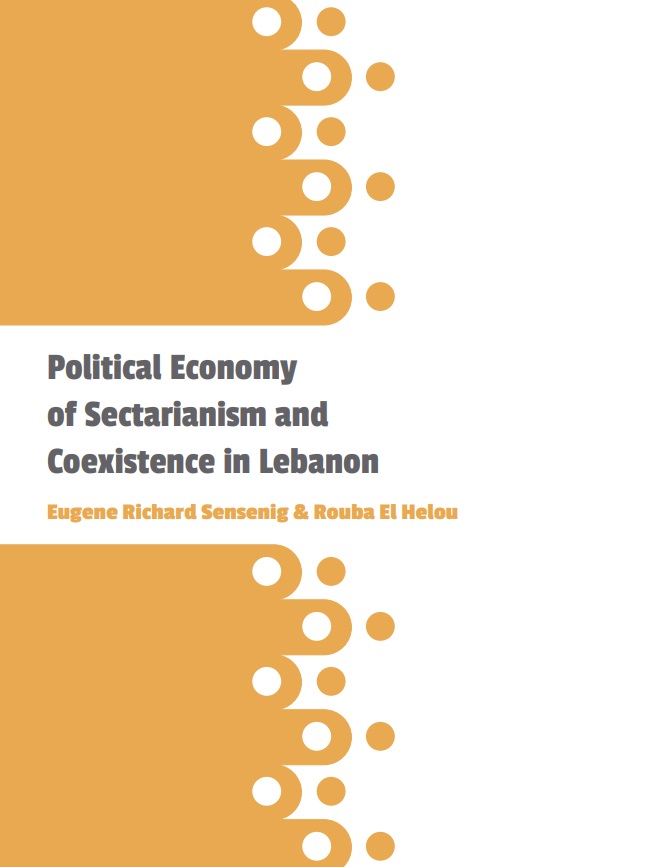Political Economy of Sectarianism and Coexistence in Lebanon

This course relies on an innovative approach to mainstream political economy and encourage the debate around it, while dealing with sectarianism and co-existence. For this reason, we deal with these two phenomena from a historical perspective as well as their current manifestation. The net result will be to move away from the current vicious cycle which is feeding sectarianism and destroying Lebanon. We will present several examples of virtuous cycles which promote coexistence and illustrate paths to save the country. The elements of this virtuous cycle will be applied in areas such governance, infrastructure development, education, commerce and the media, among many others. These fact sheets were developed and written with an intersectional approach in mind. They are gender mainstreamed and based on actual empirical research carried out by the GCGM studies unit surveying the world we study and work in.
E-Course

E-Course
 This microsite is licensed under a Creative Commons Attribution-NonCommercial-ShareAlike 4.0 International License
This microsite is licensed under a Creative Commons Attribution-NonCommercial-ShareAlike 4.0 International License